Sacred spaces: 8 historic congregations to visit and explore downtown
February 6, 2022 · Culture & History, Five Points South, Holidays, Visit
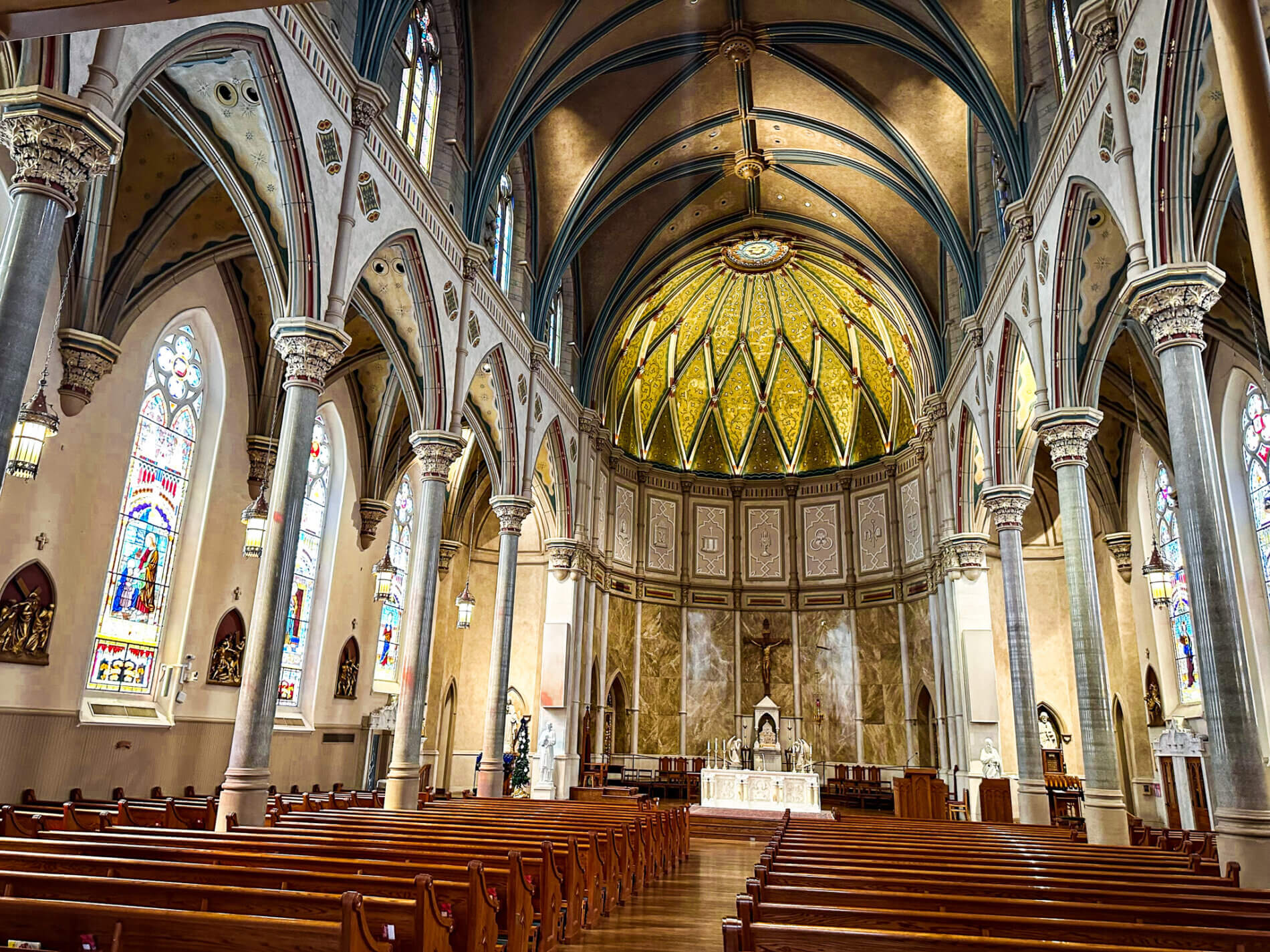
Downtown Birmingham is a cityscape of contrast — where sleek new structures rise alongside storied buildings that have shaped the city for over a century. Among these architectural treasures are churches — some modest, others grand — but all deeply rooted in Birmingham’s cultural and spiritual history.
These sacred spaces offer more than just stunning stained-glass windows or intricately laid brickwork; they tell the story of Birmingham’s resilience, diversity and enduring faith. Below, we spotlight just a few of downtown’s most iconic and historic churches, each with a legacy that continues to shape the city today.
16th Street Baptist Church
Location: 1530 6th Avenue North
Website: https://www.16thstreetbaptist.org/
About: Founded in 1873 as Birmingham’s first Black church, 16th Street Baptist has long been a cornerstone of the community. Its current building, designed by Black architect Wallace Rayfield and constructed in 1911, served as a spiritual and civic center during segregation, earning the nickname “everybody’s church.” The church became an international symbol of the Civil Rights Movement after the 1963 bombing that claimed the lives of four young girls. Today, it remains both a house of worship and a beacon of justice and remembrance.
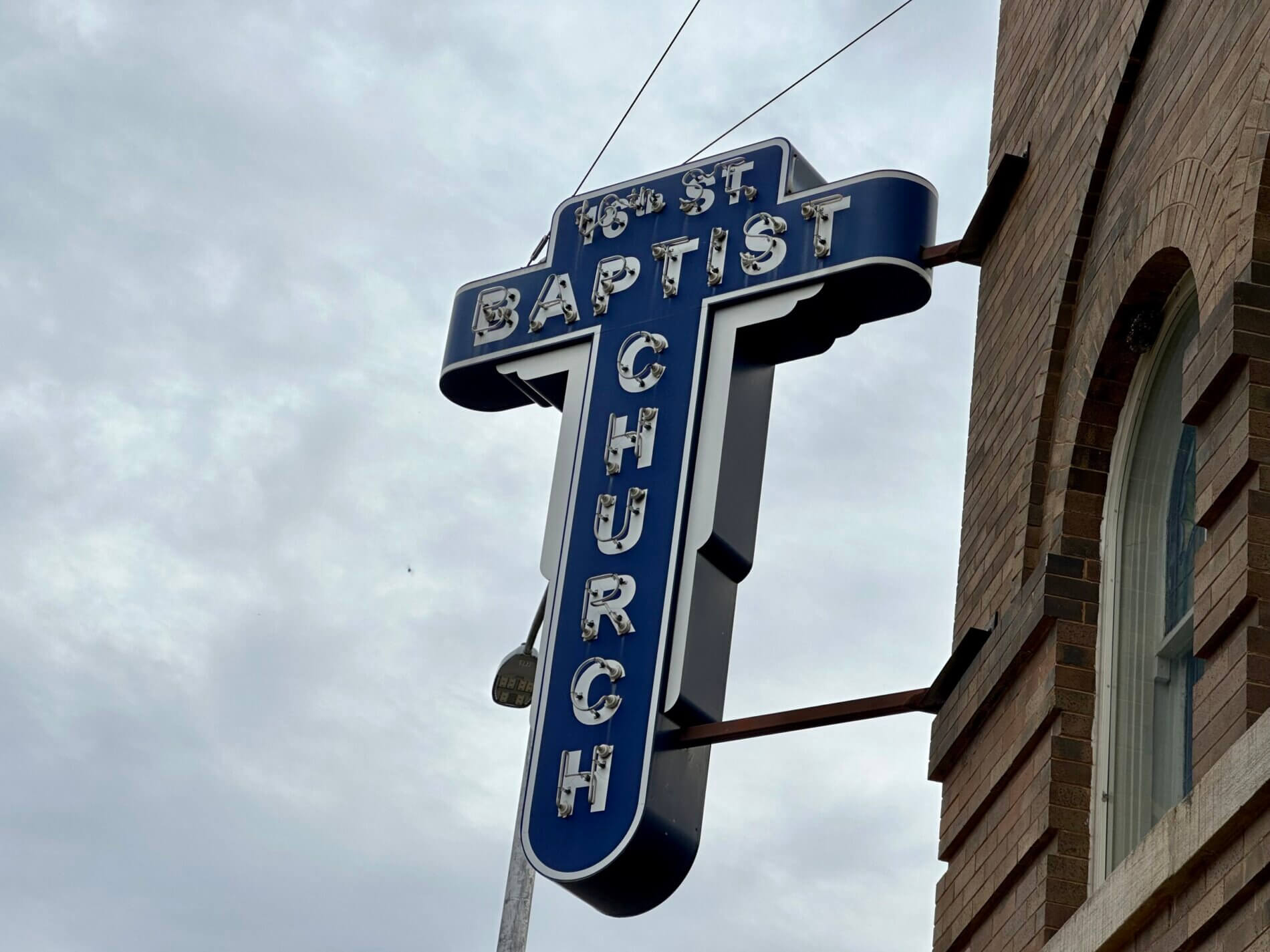
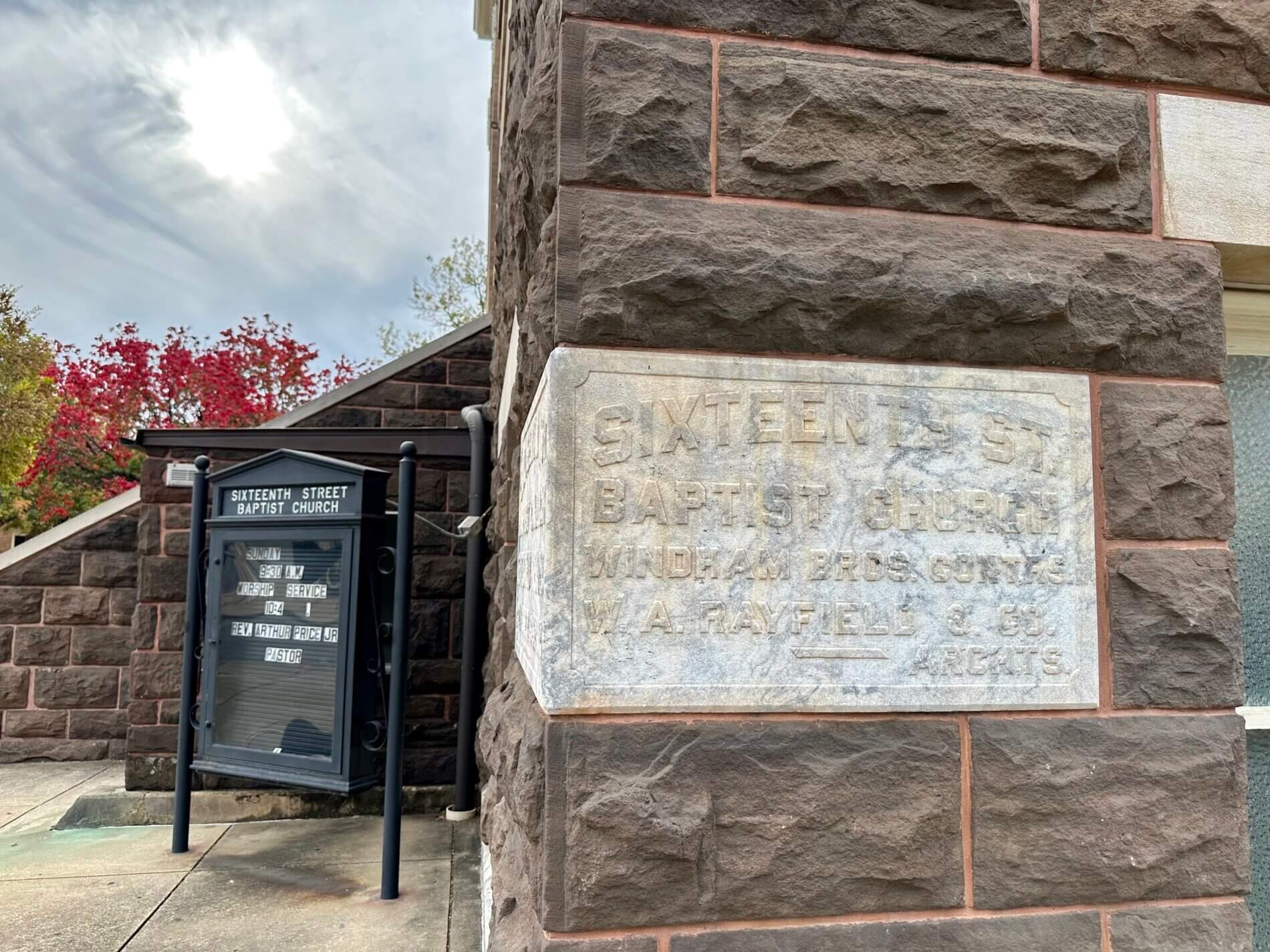
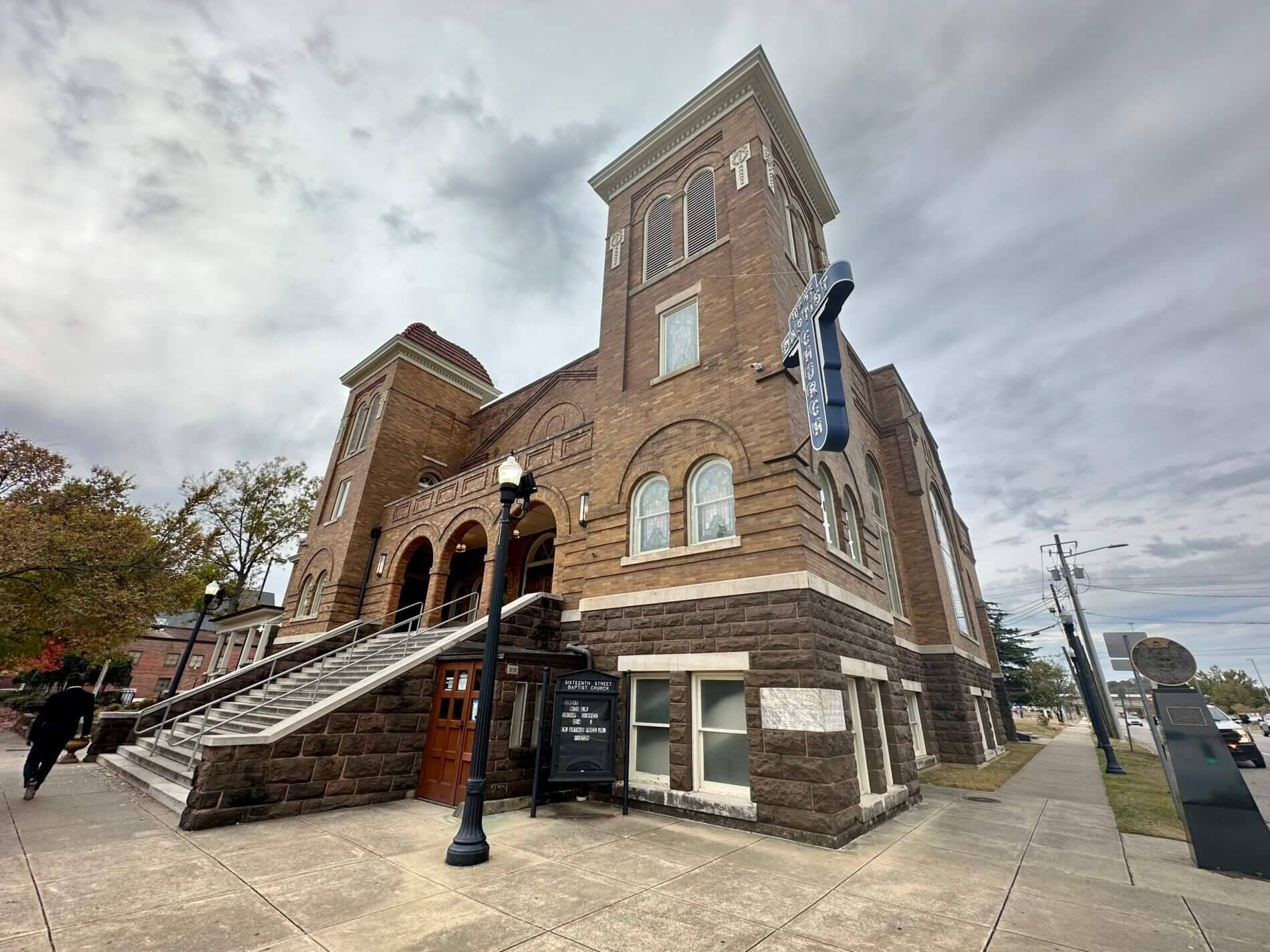
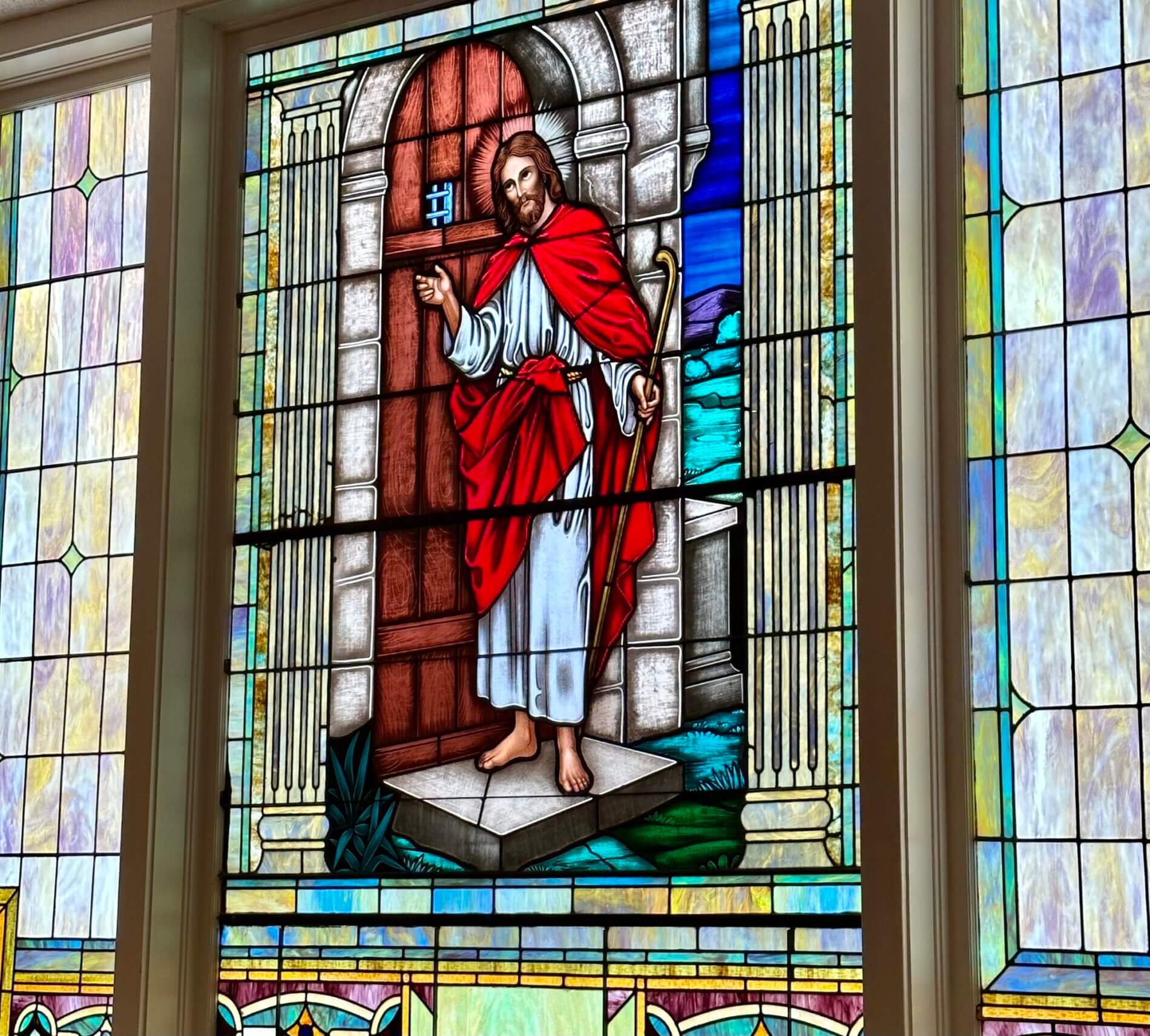

First Presbyterian Church
Location: 2100 4th Avenue North
Website: https://www.fpcbham.org/
About: Established in 1858 and relocated to its current site in 1872, First Presbyterian Church (FPC) is Birmingham’s oldest continuously operating church. Its Romanesque architecture and storied past reflect a deep legacy of faith. During the Civil Rights era, FPC’s pastor Dr. Edward V. Ramage received Dr. Martin Luther King Jr.’s “Letter from Birmingham Jail,” prompting a turning point for the church’s embrace of inclusivity.
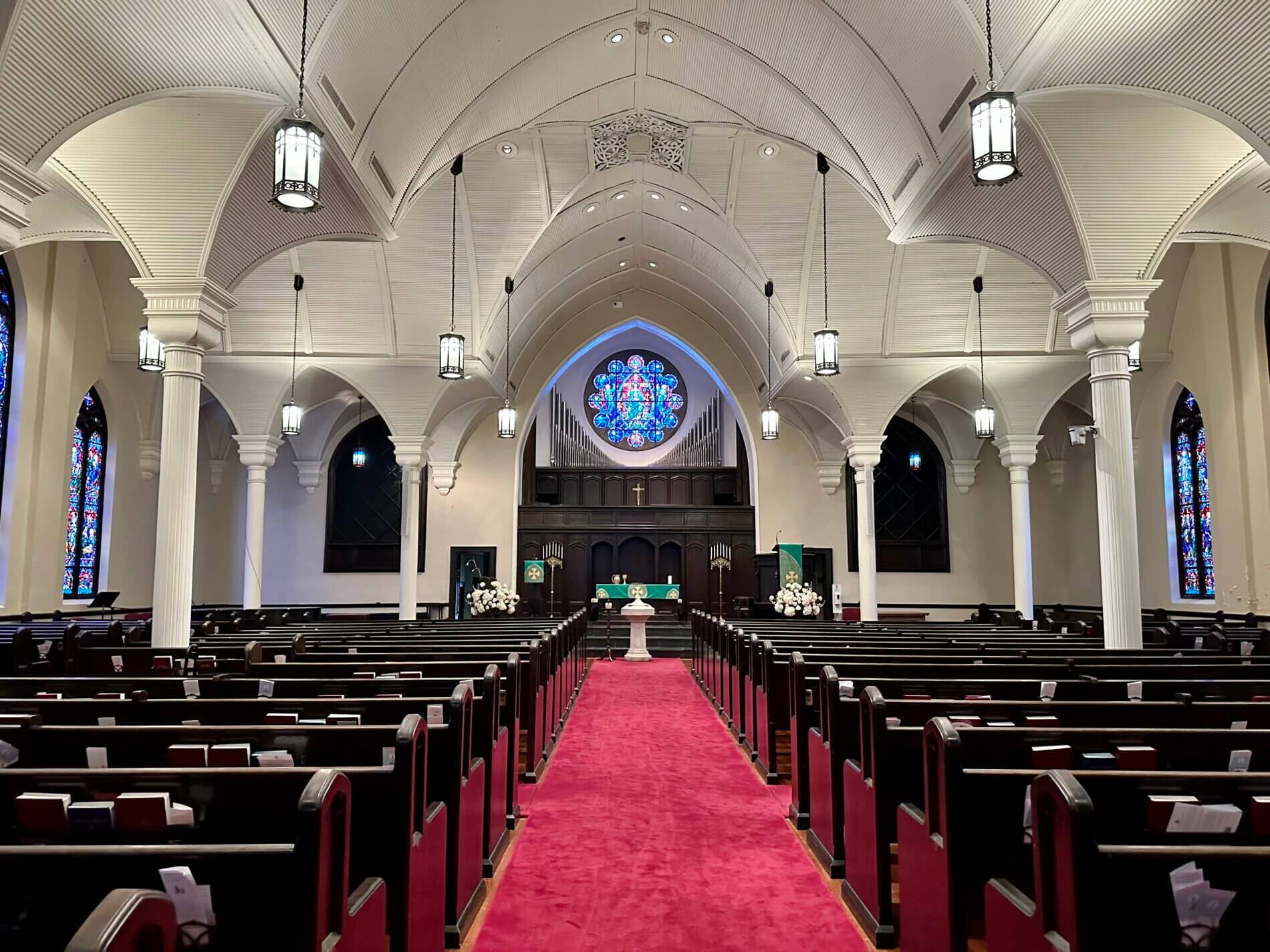

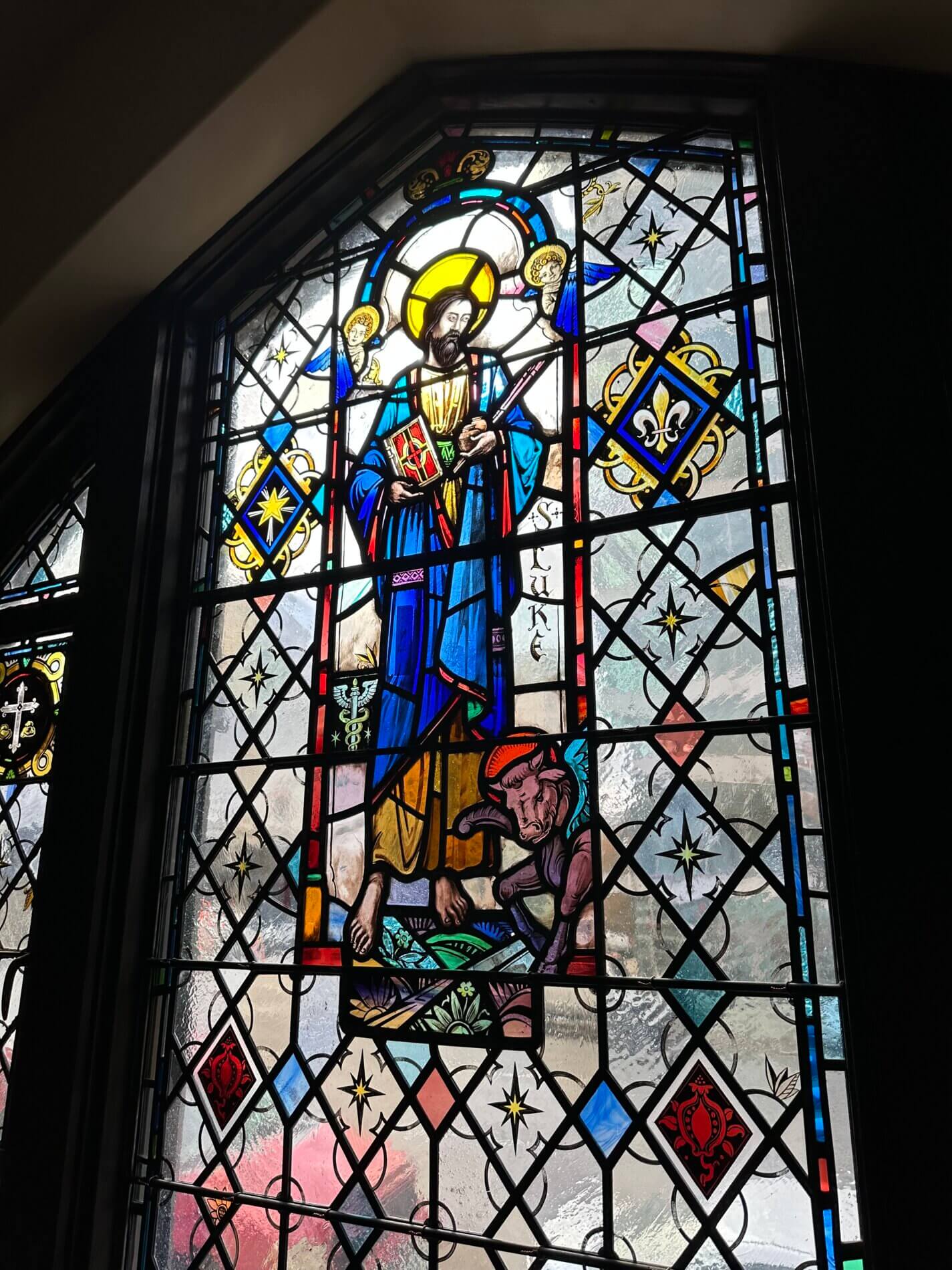
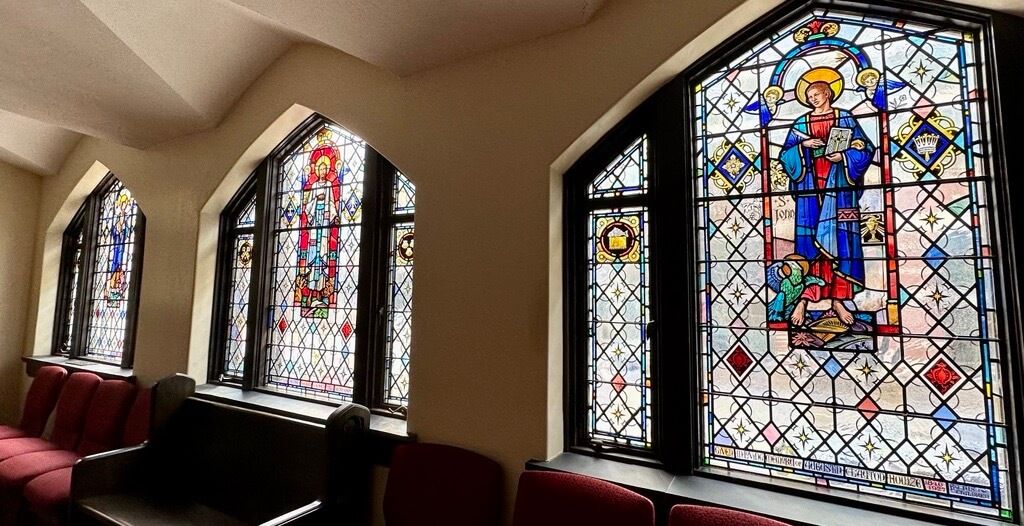
First United Methodist Church
Location: 518 19th Street North
Website: https://www.firstchurchbhm.com/
About: Formerly known as the First Methodist Episcopal Church South, this congregation began in 1872 inside the Bryant House storefront. That same year, the Elyton Land Company offered them a nearby lot for $5, leading to the construction of their first church. A larger structure replaced it in 1883, and in 1891, architect George Kramer designed the building that still stands today. Renovations in 1972 and 2014 preserved its historic character and secured its place on the National Register of Historic Places. With over 150 years of continuous ministry, it remains a vital presence in downtown Birmingham.
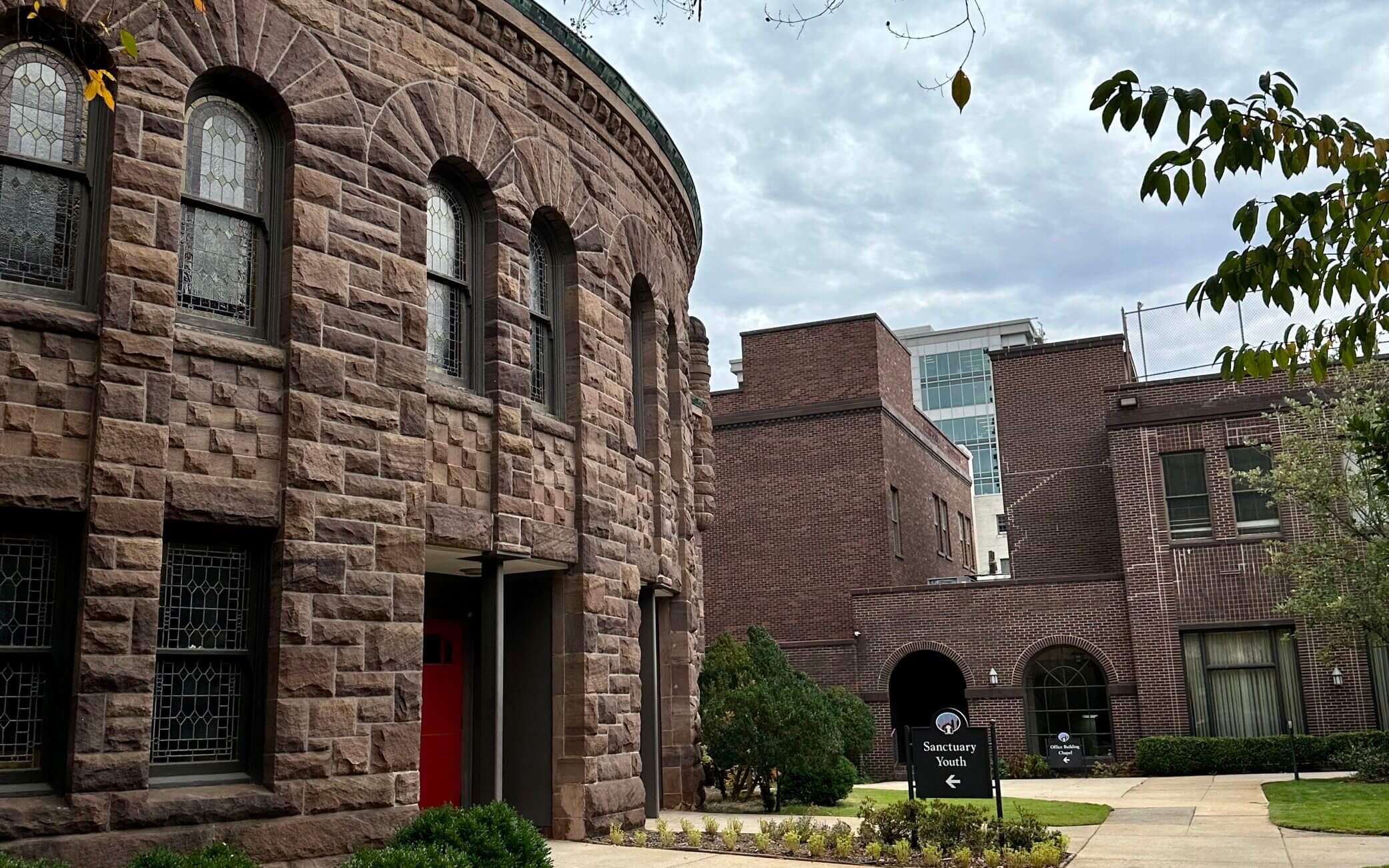
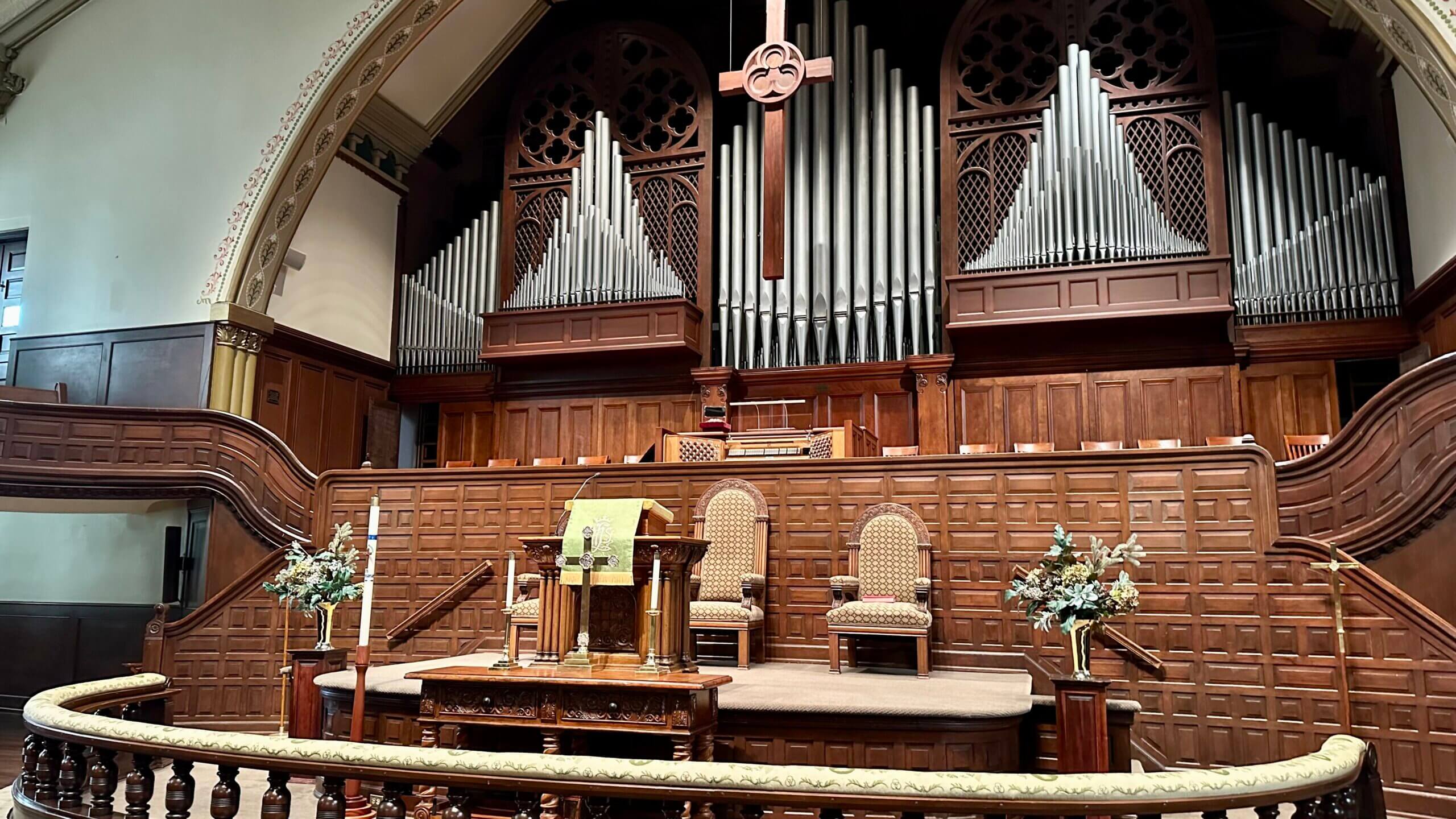
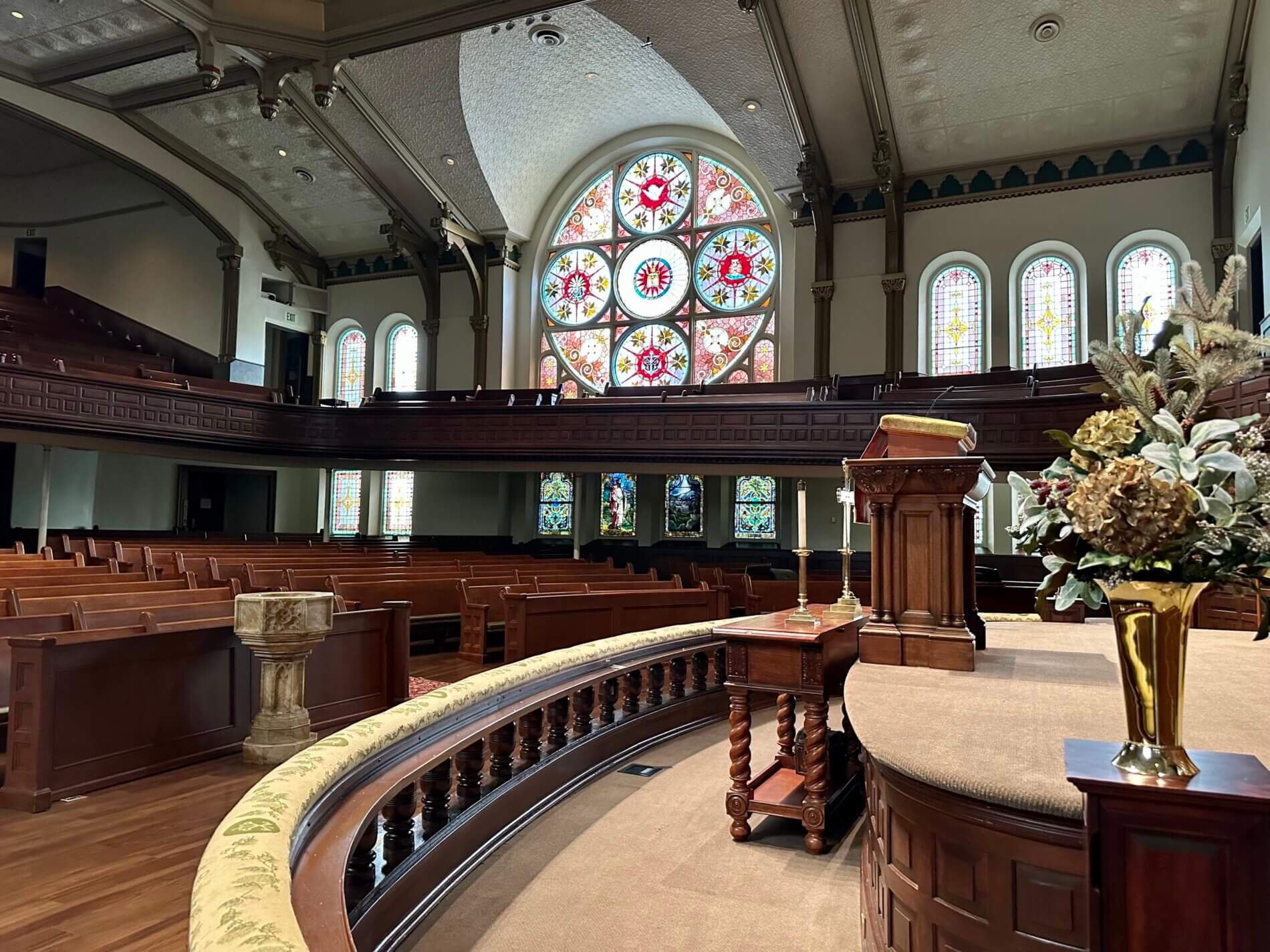

Cathedral Church of the Advent
Location: 2017 6th Avenue North
Website: https://adventbirmingham.org/
About: Birmingham began its rapid growth in 1872, when the Elyton Land Company transformed previously underdeveloped land into a thriving industrial hub. Bishop Richard Hooker Wilmer dispatched Philip Fitts to minister to Birmingham’s early Episcopal community, where Fitts discovered 16 congregants. The group began gathering on a corner lot purchased for just $5 — a modest beginning for what would become a lasting spiritual home: Cathedral Church of the Advent. With the support of the Elyton Land Company and Hooker Wilmer, the church constructed its worship space (known as the “Nave”) by 1893. Through decades of growth and change, the Advent has remained a spiritual and architectural landmark in the heart of the city.
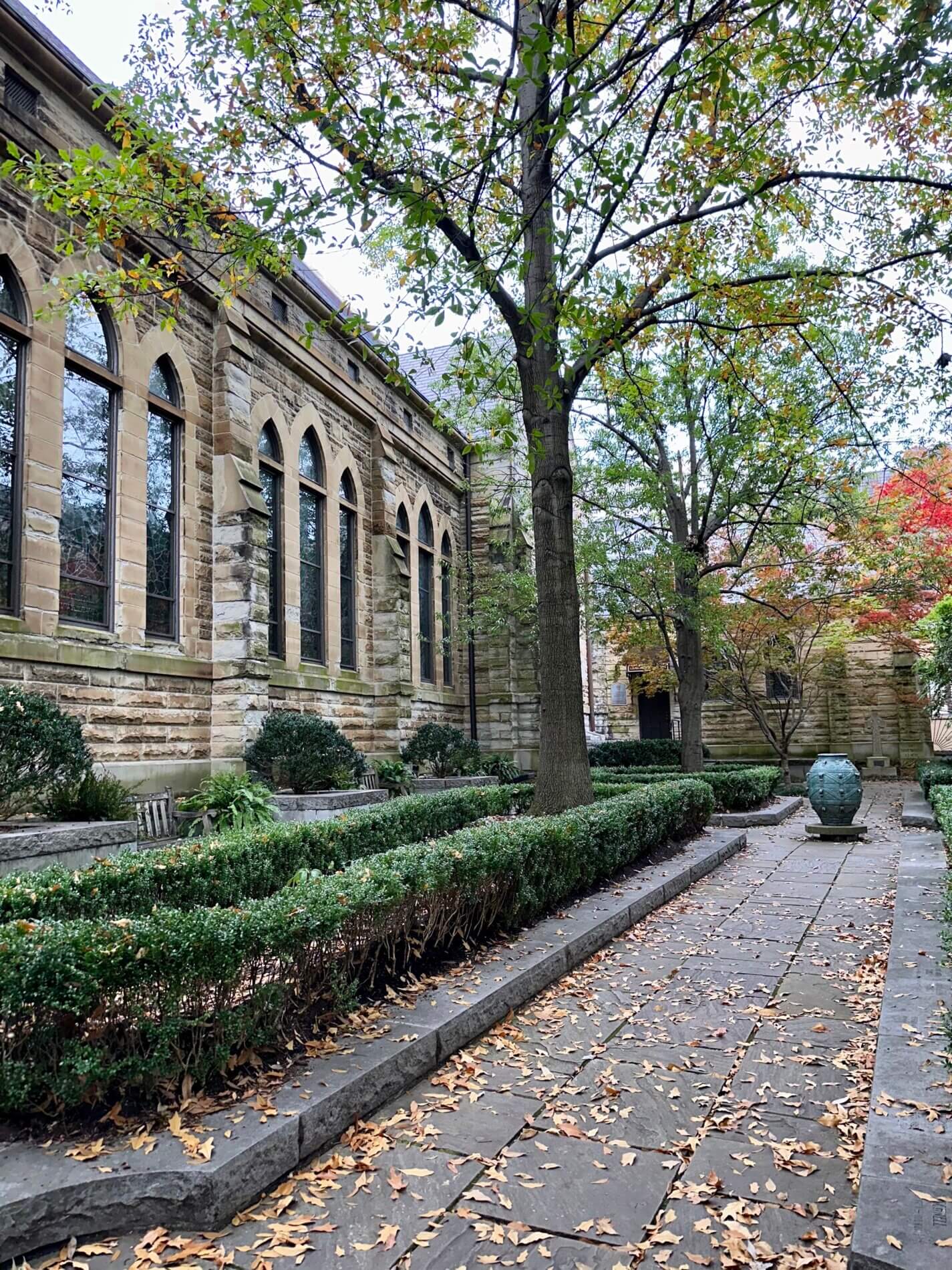
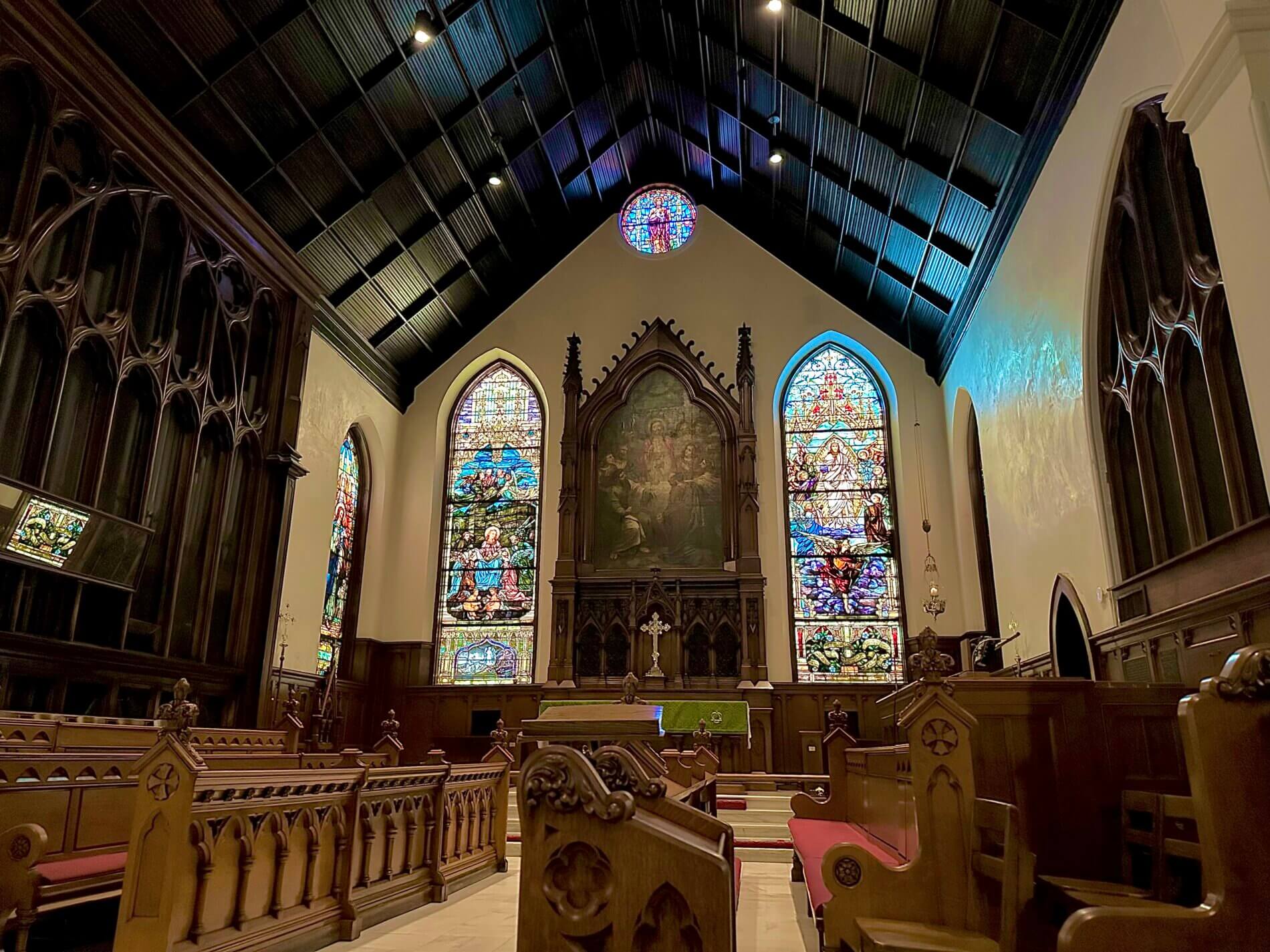
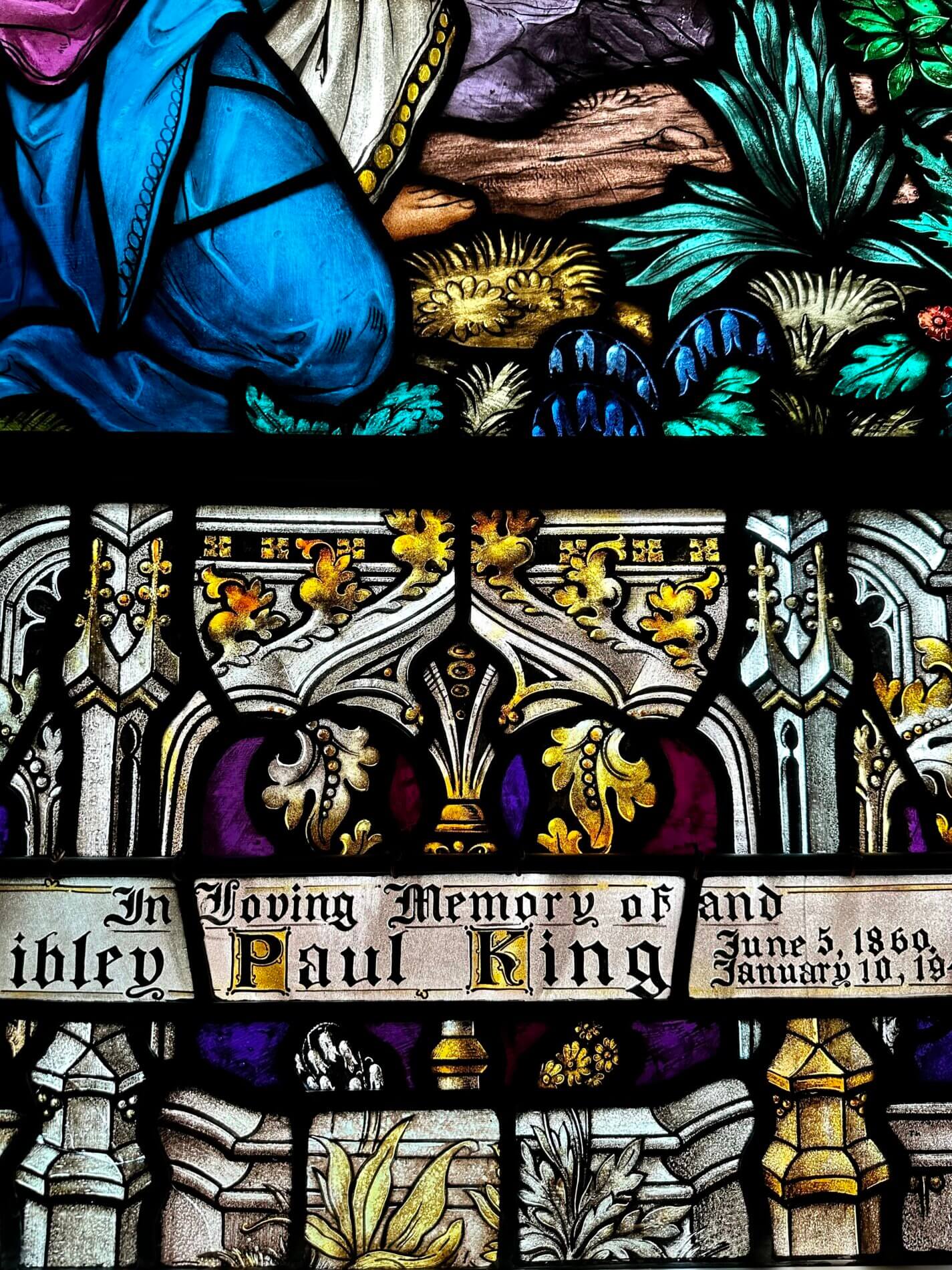
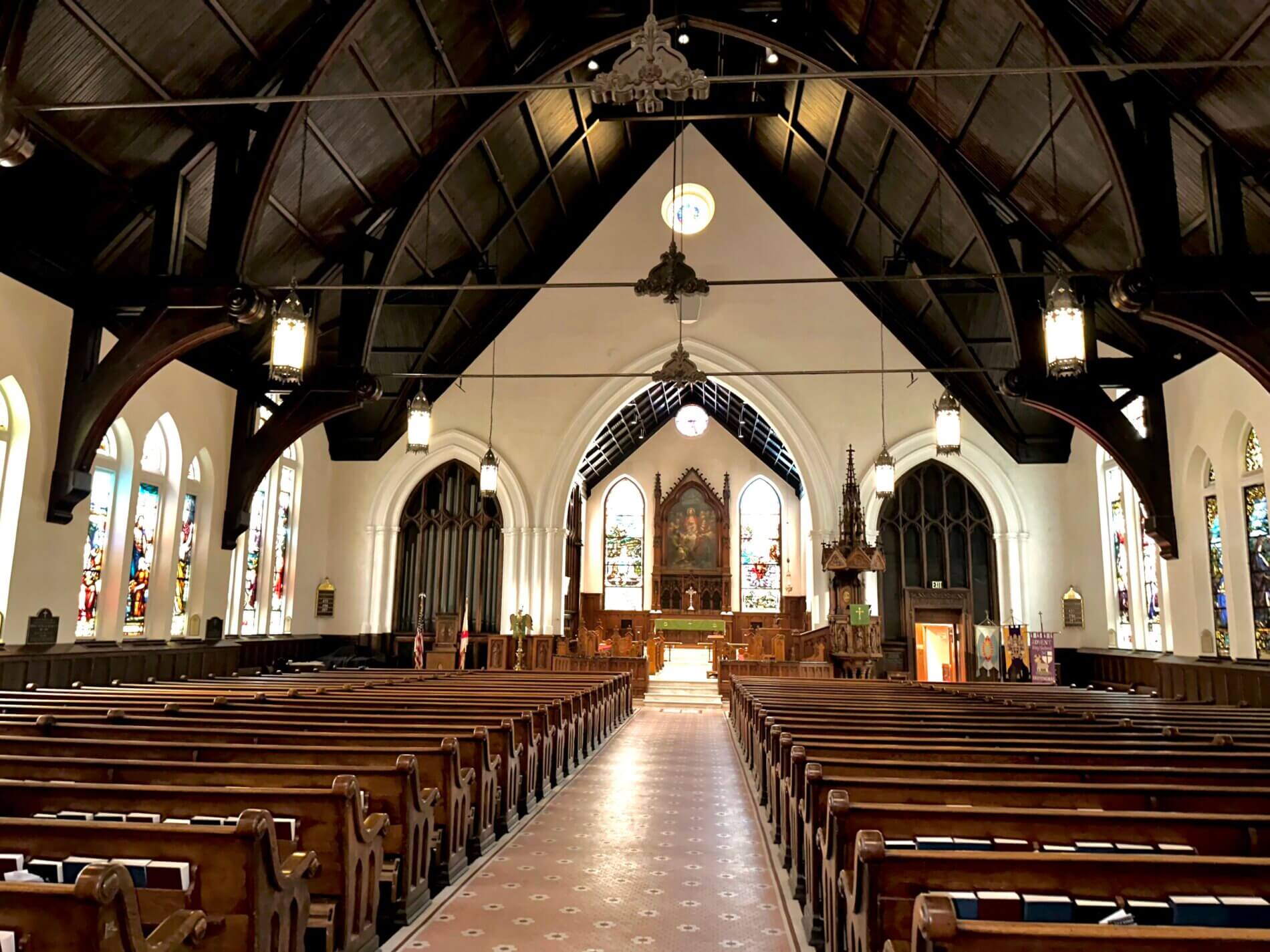

The Cathedral of Saint Paul
Location: 2120 3rd Avenue North
Website: https://stpaulsbhm.org/
About: The present neo-classical structure of St. Paul replaced a humble wooden chapel (30′ x 60′) first built in 1872. Its cornerstone was laid in 1890 under the guidance of Rev. Patrick O’Reilly, and the church was dedicated in 1893 at a cost of $90,000. Today, the cathedral stands as a testament to Birmingham’s early Catholic community and the faith that helped shape it.
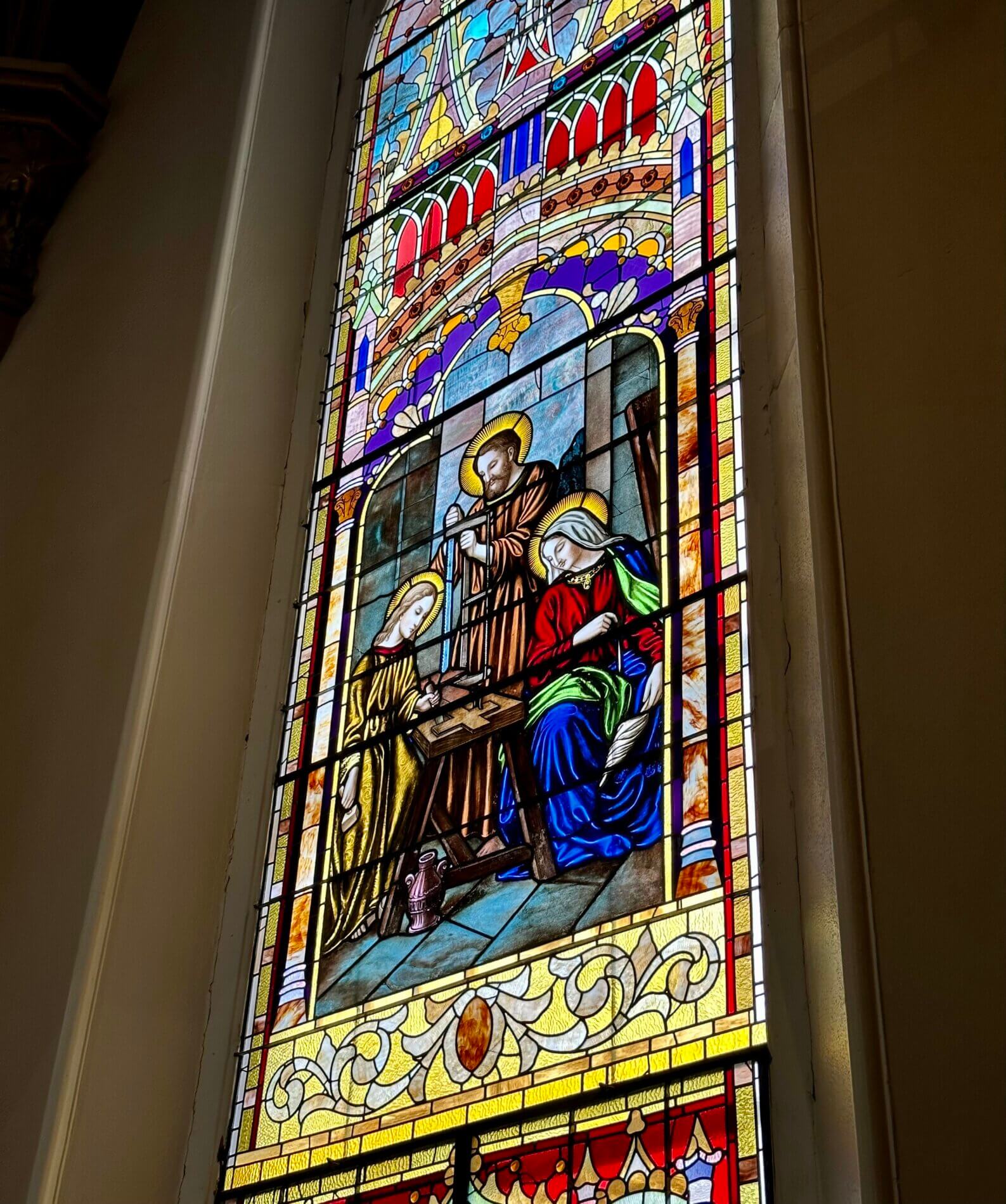
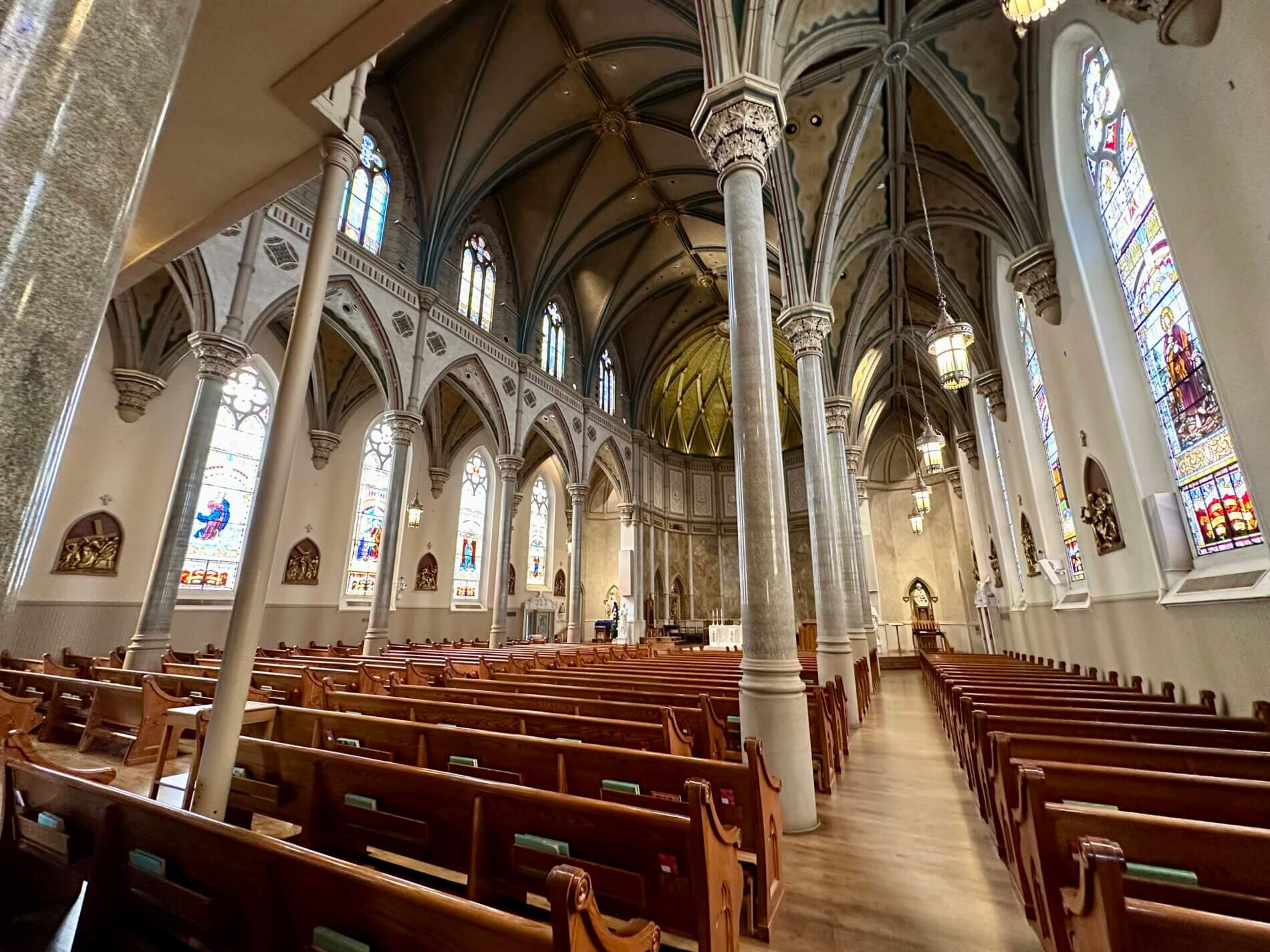
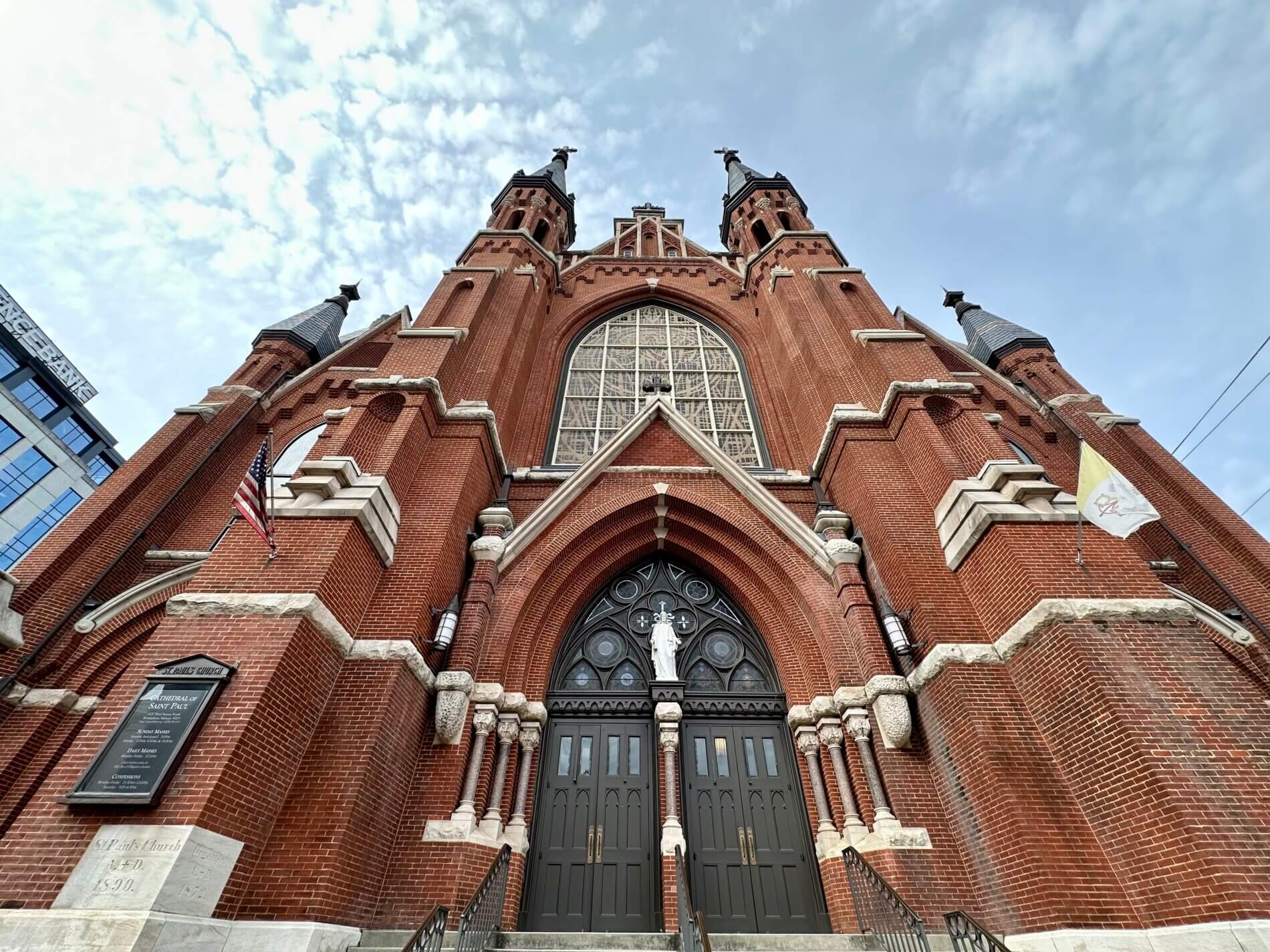
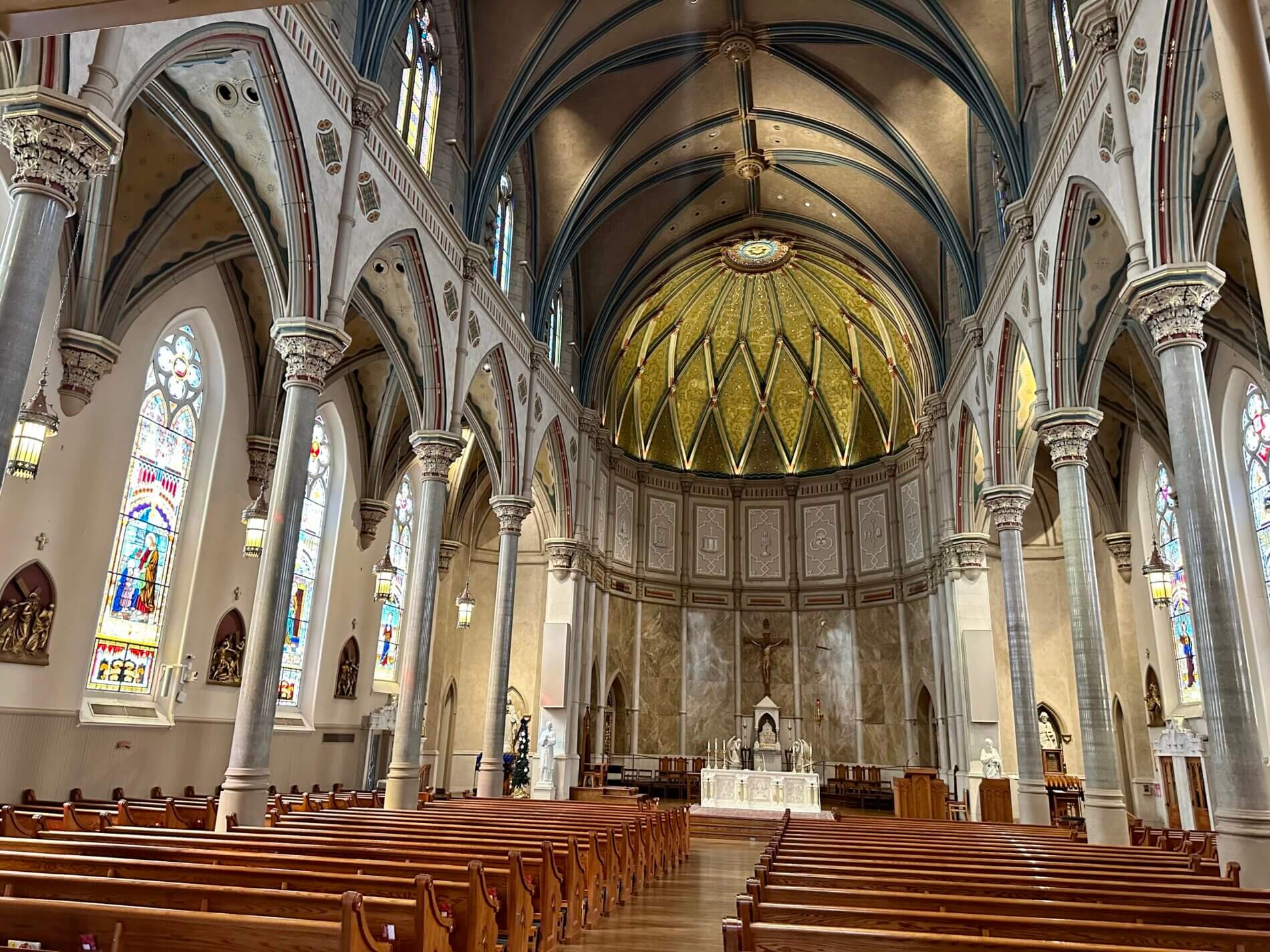
Holy Trinity Greek Orthodox Church
Location: 307 19th Street South
Website: https://holytrinity-holycross.com/
About: The Holy Trinity-Holy Cross Greek Orthodox Cathedral traces its roots to Birmingham’s first Greek immigrant, who arrived in 1884. Drawn by opportunities for economic and religious freedom, the Greek community grew steadily, reaching over 100 members by 1903. Recognizing the need for a dedicated place of worship, they formed The Lord Byron Society and purchased a wooden church building in 1906, laying the foundation for what would become one of the city’s most vibrant cultural institutions.
As the community expanded, so did its churches—Holy Trinity and Holy Cross operated separately until they united in 1953, forming the Holy Trinity-Holy Cross Greek Orthodox Church. In the decades since, the cathedral has grown into a spiritual and cultural beacon, adding facilities, launching ministries and engaging in extensive outreach and philanthropy.
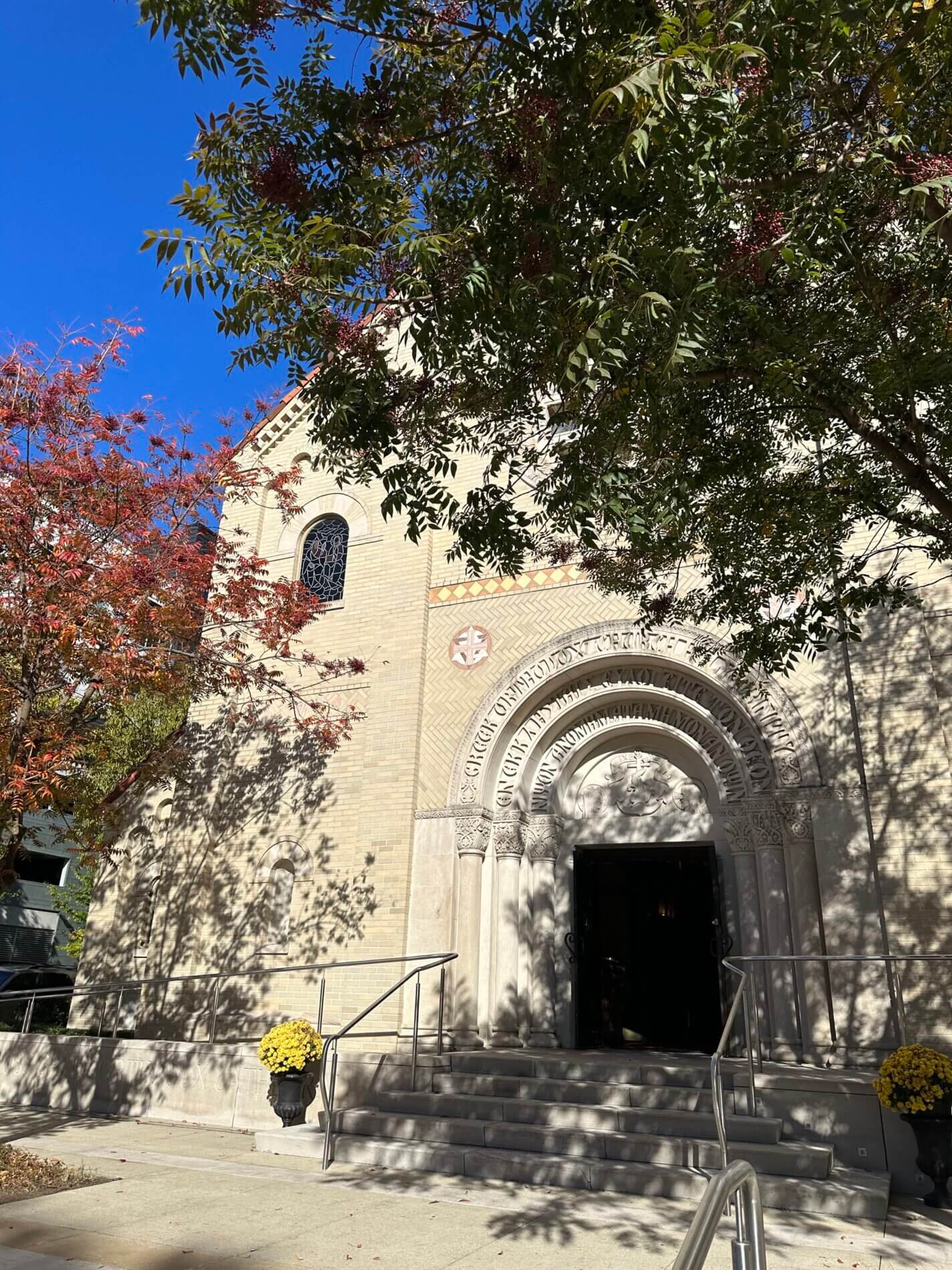
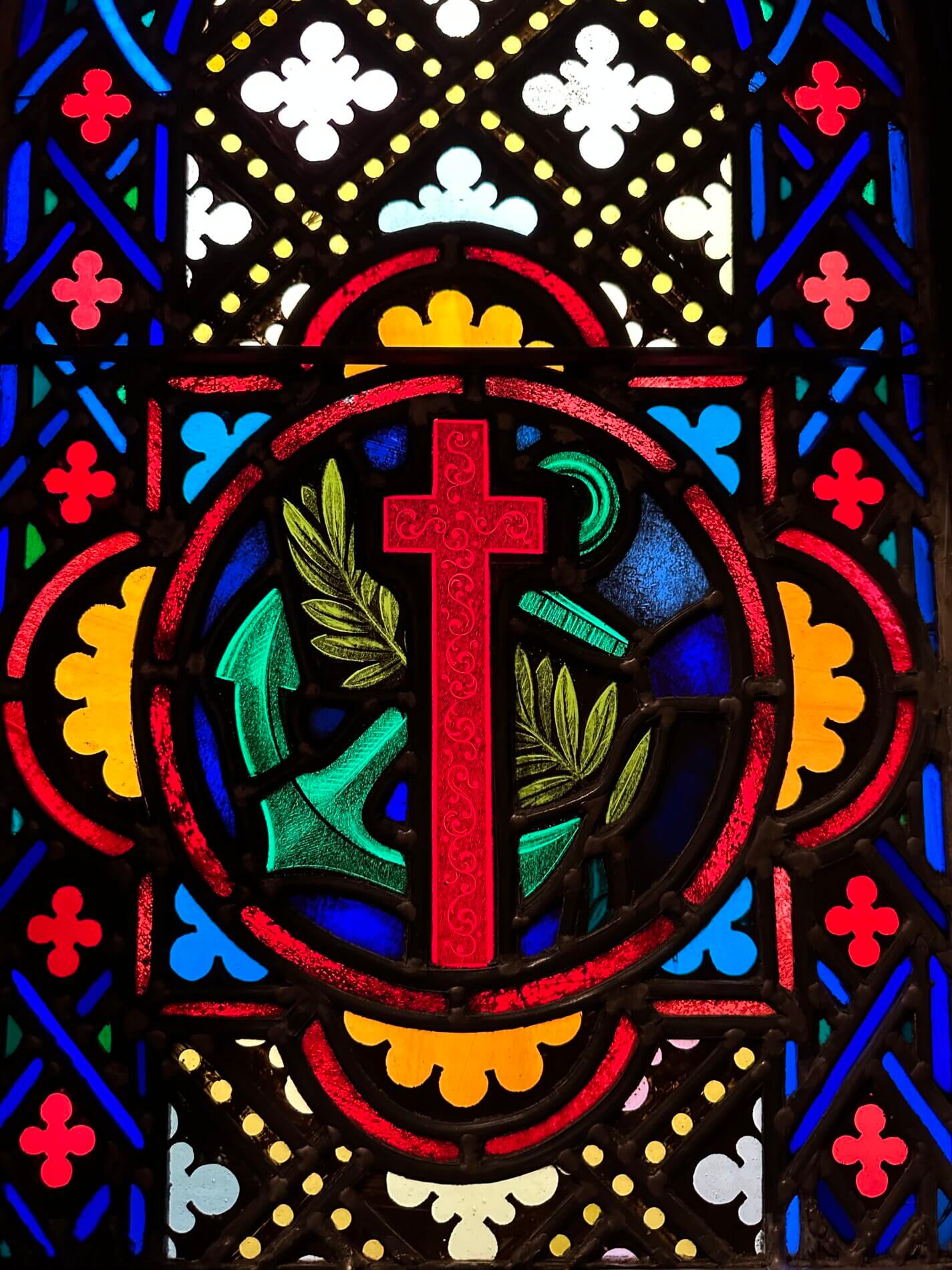
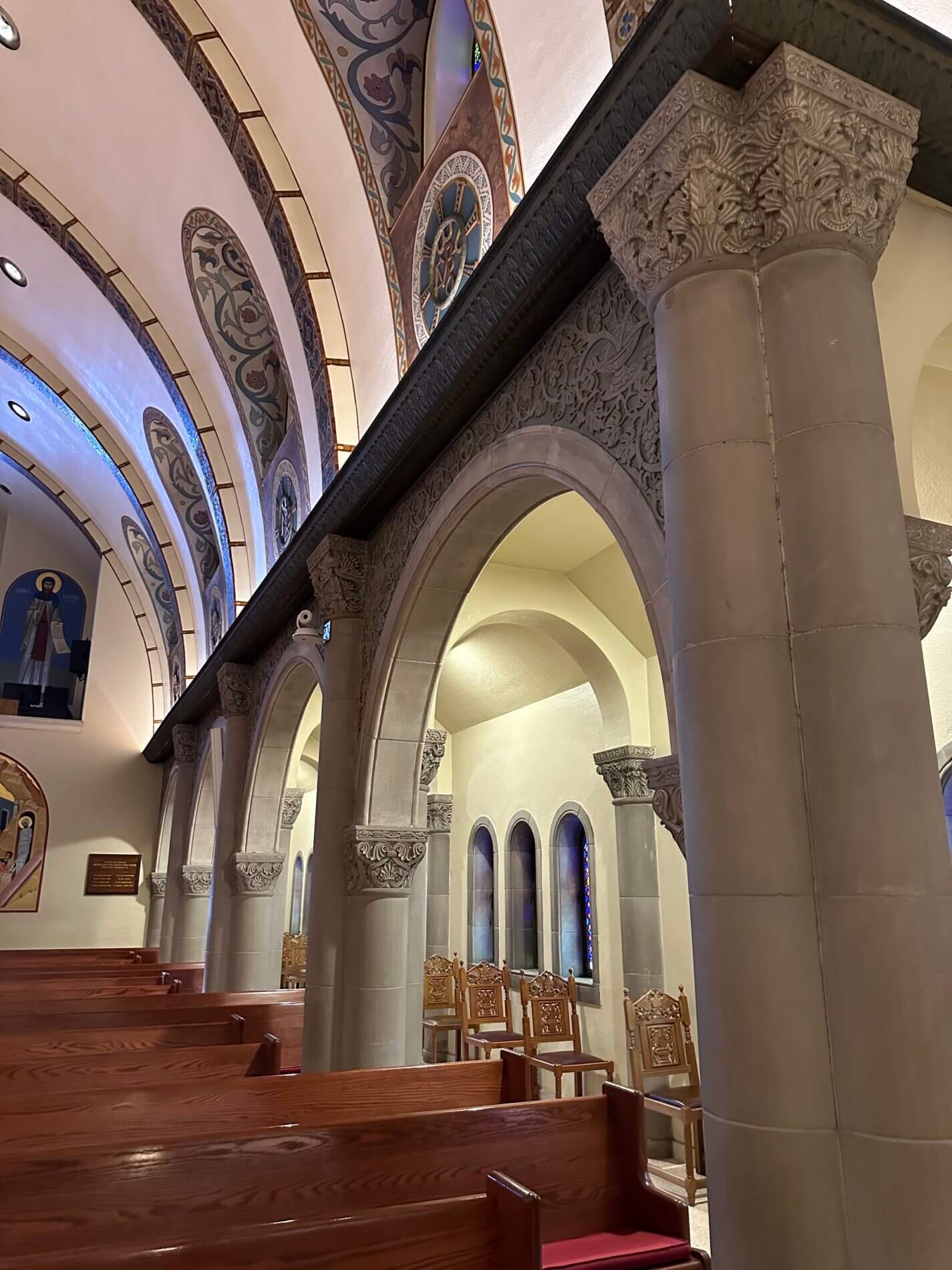
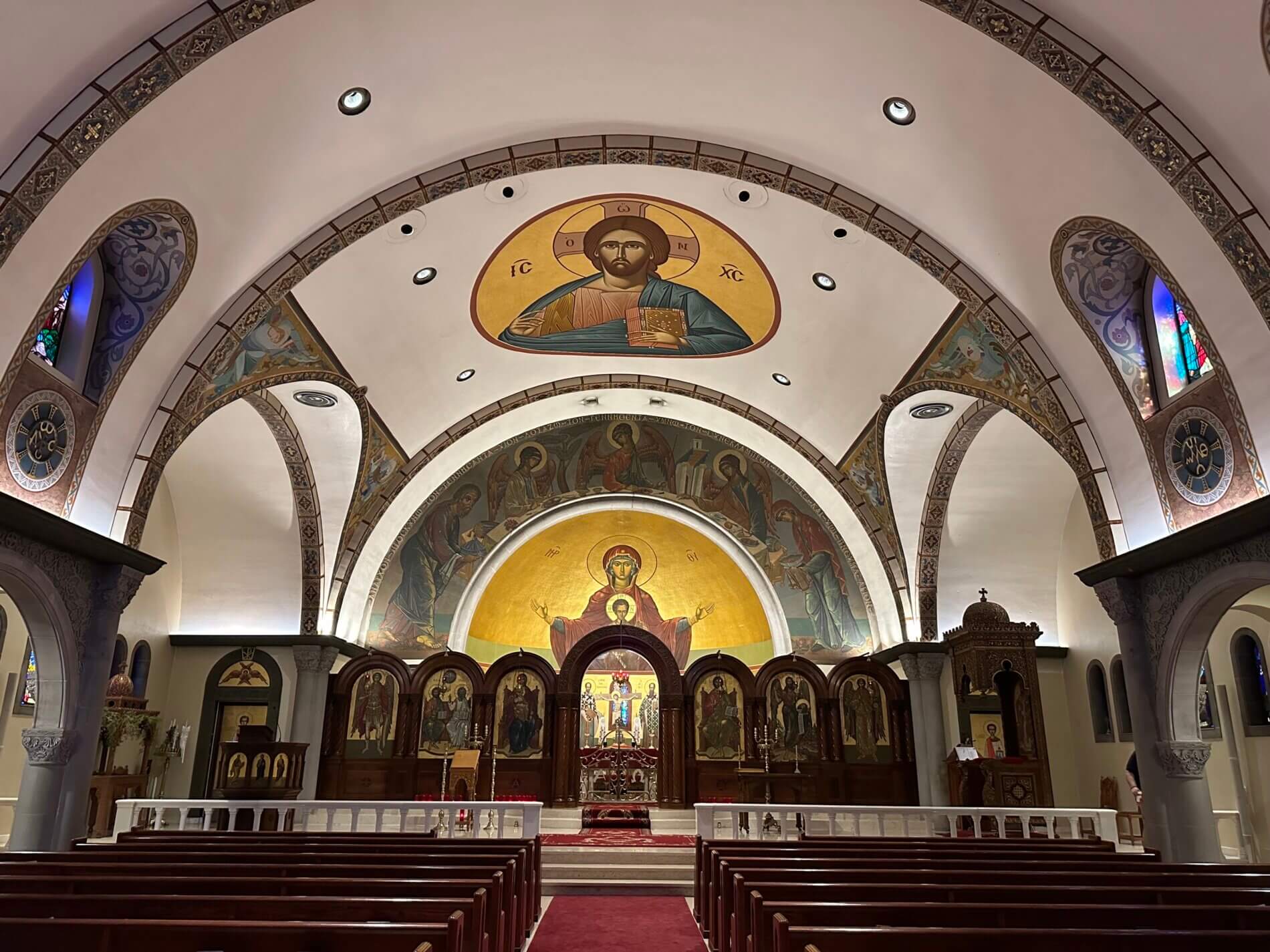
South Highland Presbyterian Church
Location: 2035 Highland Avenue South
Website: https://southhighland.org/
About: South Highland Presbyterian Church, an offshoot of Birmingham’s Third Presbyterian Church, was established to meet the needs of Highland’s growing community. In 1889, the first service took place at Taylor’s School, leading to the constructing of a frame building near the Parke Memorial Library. Facing financial challenges in 1893, the church prevailed, erasing debts by 1900. The grand English Gothic Revival church was designed by architect D. A. Helmich and was erected in 1892.
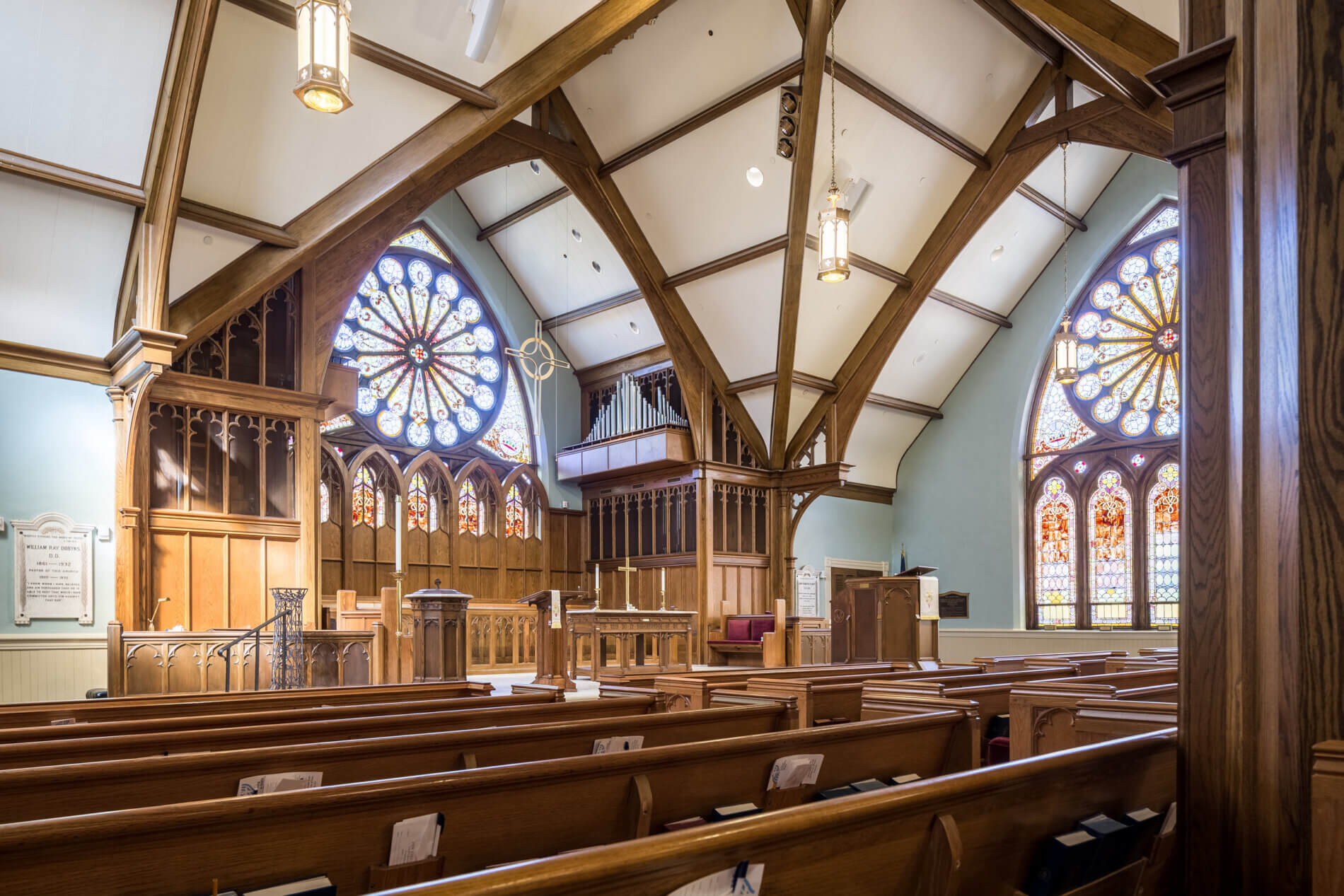
Highlands United Methodist Church
Location: 1045 20th Street South
Website: https://www.highlandsumc.net/
About: Highlands United Methodist Church was established on December 2, 1903, beginning its journey with gatherings held in Phillip Alosi’s Palace Market. After a brief period at the Five Points Chapel on 11th Avenue and 21st Street South, the growing congregation secured its permanent home by purchasing the market lot for $15,000. Plans for a grand new church were set in motion with a design initially credited to renowned New York architect Stanford White. However, following White’s untimely death in 1906, the project was completed under the direction of P. Thornton Marye of Atlanta. On March 14, 1909, the first official service was held in the newly completed sanctuary, which remains a symbol of the church’s enduring presence and commitment to the community.
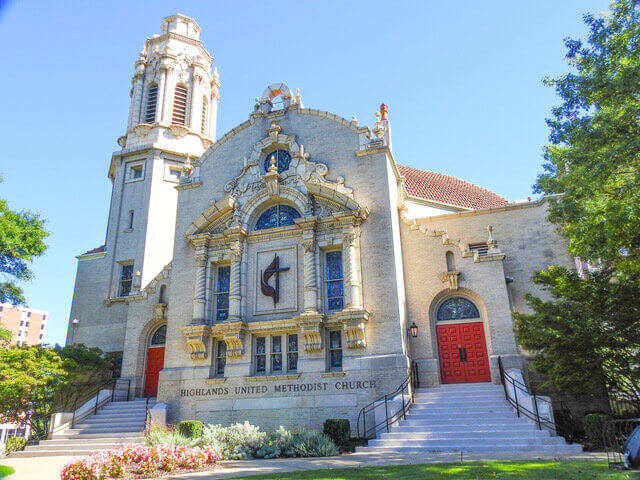
Preserving the past, enriching the present
Each of these churches tells a powerful story — not only of faith, but of the people, struggles and communities that shaped Birmingham. Their spires, stained glass and sacred halls stand not only as architectural marvels but as living monuments to the city’s past, present and future.
Whether you’re a history enthusiast, a lover of architecture or someone seeking spiritual connection, downtown Birmingham’s historic churches offer a deeper understanding of the city’s soul.
Read More

20th Street North’s transformation: A new chapter for downtown
Birmingham’s 20th Street has undergone a remarkable transformation in recent years, becoming a revitalized gateway for downtown’s bustling business, residential and entertainment communities.
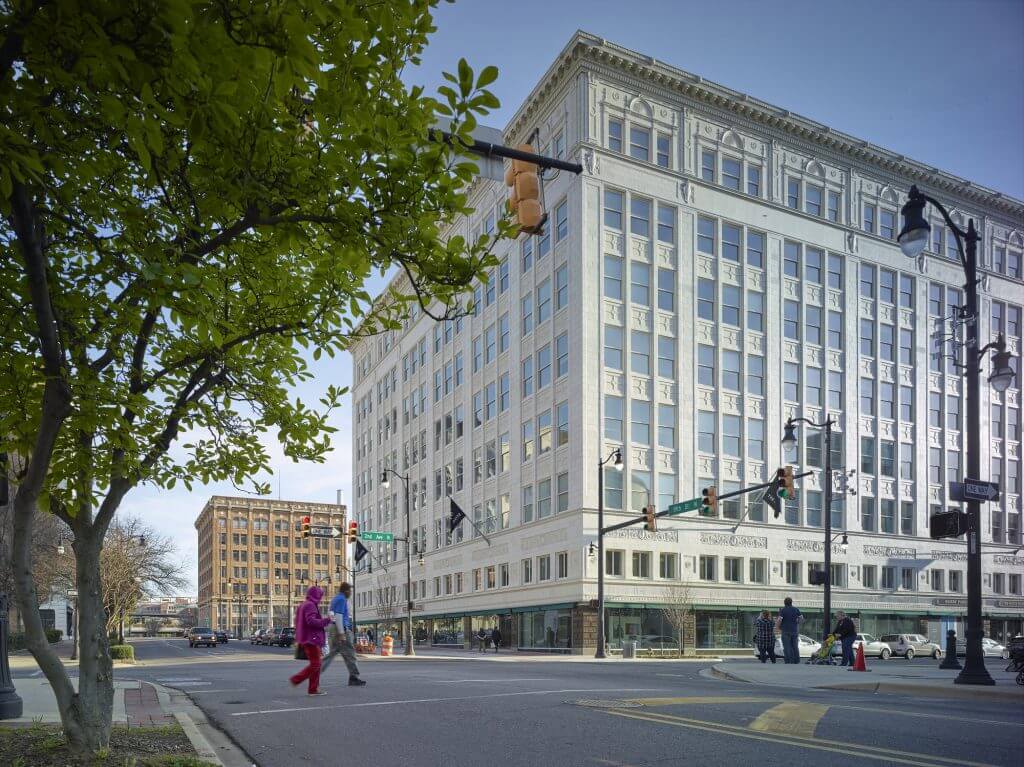
A historic retail block transformed: The Pizitz and New Ideal buildings then and now
Downtown Birmingham retail is regaining its strength now, with some of the department stores of yesteryear finding new life with different uses.